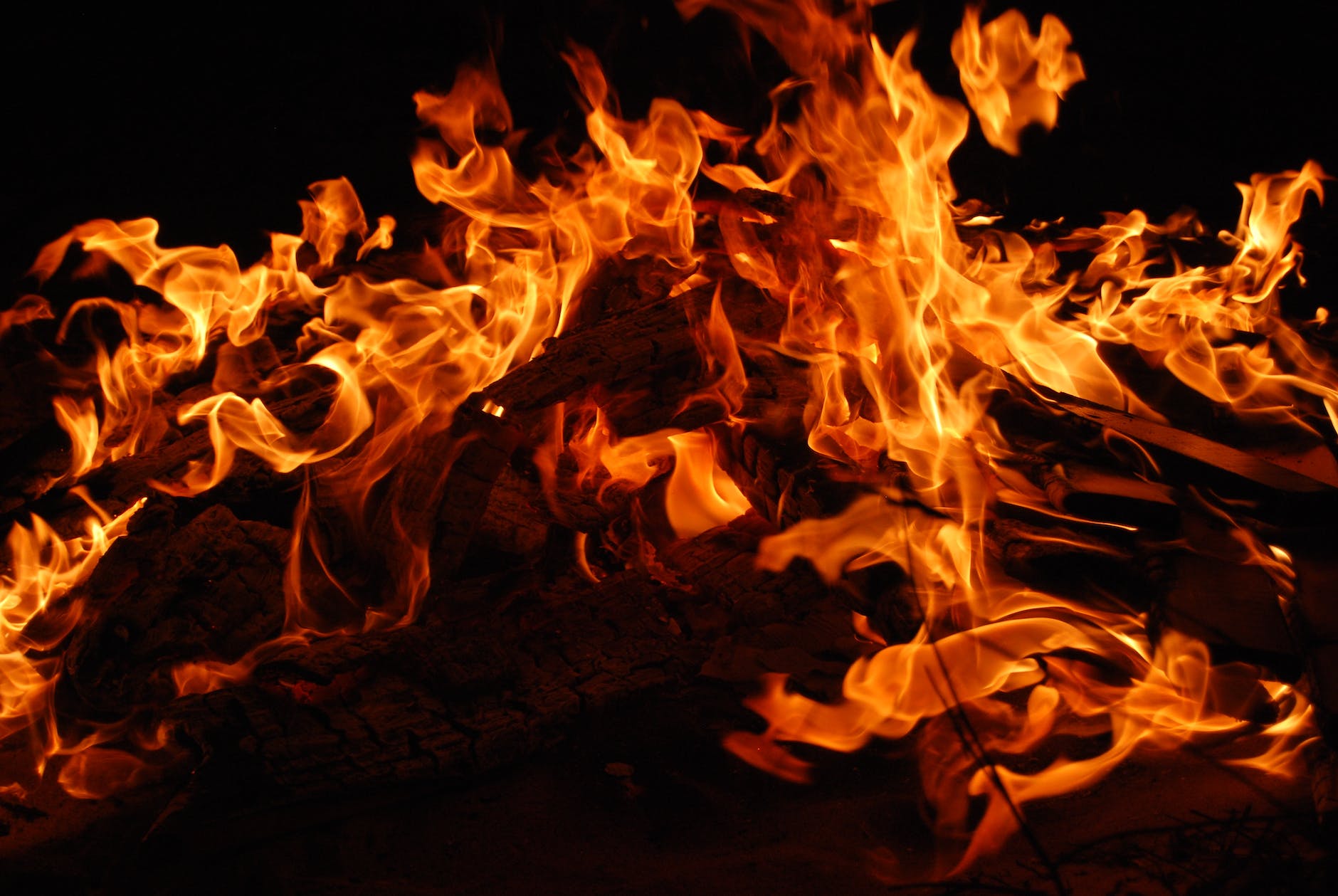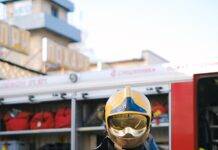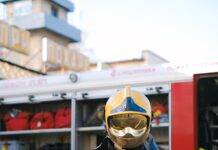
Fire Hazards and Control Measures
Introduction to Fire Hazards
Fire hazards pose significant risks in various environments, demanding an understanding of their causes, types, and preventive measures. In this comprehensive guide, we’ll explore the nuances of fire hazards and effective control measures to ensure safety across different settings.
Understanding Fire: Causes and Types
Common Causes of Fires
From electrical faults to human error, fires stem from various sources. Identifying these common causes is crucial in preventing potential hazards.
Different Types of Fires
Understanding the different types of fires—Class A, B, C, D, and K—enables a tailored approach in combating each, reducing risks and damages significantly.
Assessment of Fire Hazards
Assessing fire hazards involves a meticulous evaluation of potential risks in a given environment. This step is fundamental in devising a robust fire safety plan.
Importance of Fire Safety Measures
Preventive Measures
Implementing proactive measures such as regular inspections, proper storage of flammable materials, and electrical safety protocols significantly mitigates fire risks.
Effective Control Measures
From fire alarms and sprinkler systems to advanced technologies like fire-resistant materials, employing effective control measures is paramount in minimizing fire-related damages.
Risk Assessment and Management
Conducting a thorough risk assessment aids in identifying vulnerable areas, enabling tailored management strategies to mitigate potential hazards effectively.
Technological Advancements in Fire Safety
Innovations in fire safety technologies, including automated suppression systems and early detection devices, are revolutionizing hazard control.
Training and Education for Fire Prevention
Empowering individuals with comprehensive fire safety training and educational programs enhances preparedness and quick response in emergency situations.
Legal Requirements and Compliance
Adhering to fire safety regulations and compliance standards is not just mandatory but a crucial step in safeguarding lives and properties.
Emergency Response Planning
A well-structured emergency response plan ensures swift actions during fire incidents, reducing panic and potential damages.
Fire Safety in Different Settings
Residential Areas
Implementing fire safety protocols in homes ensures family safety, emphasizing the importance of smoke detectors and evacuation plans.
Commercial Buildings
From office spaces to retail establishments, fire safety in commercial settings involves strict adherence to building codes and evacuation drills.
Industrial Spaces
Highly prone to fire hazards, industrial areas require specialized safety protocols, fire-resistant materials, and employee training for efficient risk mitigation.
Fire Safety Equipment and Tools
From fire extinguishers to advanced suppression systems, having the right equipment and tools is pivotal in combatting fire hazards effectively.
Key Steps in Creating a Fire Safety Plan
Crafting a comprehensive fire safety plan involves risk assessment, preventive measures, emergency response drills, and continuous evaluation for improvement.
Community Awareness and Involvement
Engaging communities through awareness campaigns and involvement in safety initiatives fosters a collective effort towards fire prevention.
Cost-Efficient Fire Safety Solutions
Balancing effectiveness with cost-efficiency in fire safety measures ensures accessibility and implementation across diverse settings.
Fire hazards can exist in various settings, including homes, workplaces, and public spaces. Some common fire hazards include:- Electrical Issues: Overloaded circuits, damaged wiring, or malfunctioning electrical equipment can spark fires.
- Flammable Liquids and Gases: Substances like gasoline, propane, or solvents can easily catch fire if not stored or handled properly.
- Combustible Materials: Fabrics, papers, wood, and other easily ignitable materials pose a risk if exposed to heat or flames.
- Cooking Equipment: Unattended stoves, deep fryers, or other cooking appliances can lead to fires, especially in kitchens.
- Smoking: Discarding cigarettes improperly or smoking near flammable materials can cause fires.
To control and prevent fires, several measures can be taken:
- Fire Alarms and Detectors: Install smoke detectors and fire alarms throughout buildings to provide early warnings in case of a fire.
- Fire Extinguishers: Place and maintain fire extinguishers in accessible locations, and ensure people know how to use them.
- Proper Storage and Handling: Store flammable materials in designated areas away from potential ignition sources and follow safety protocols when handling them.
- Electrical Safety: Regularly inspect and maintain electrical systems, avoid overloading circuits, and use certified professionals for installations and repairs.
- Training and Education: Conduct fire safety training for residents, employees, or anyone in a specific environment to educate them about fire hazards and proper procedures in case of a fire.
- Emergency Plans: Develop and practice evacuation plans to ensure everyone knows how to exit safely in the event of a fire.
Remember, preventing fires often involves a combination of vigilance, proper maintenance, and adherence to safety protocols.Conclusion: Prioritizing Fire Safety
Safeguarding lives and properties against fire hazards demands a proactive approach, comprehensive planning, and a collective commitment to prioritize fire safety.
What is the Life of a Fire Sprinkler?
What is K-Factor in Sprinkler Systems?
FAQs
- How often should fire drills be conducted in workplaces?
- Conduct fire drills at least twice a year to ensure preparedness and familiarity with evacuation procedures.
- What are some common fire safety equipment for homes?
- Smoke detectors, fire extinguishers, and fire blankets are essential fire safety equipment for homes.
- Are there specific fire safety regulations for industries?
- Yes, industries are subject to specific fire safety regulations based on their operations and risks.
- Why is community involvement crucial in fire prevention?
- Engaging communities fosters a collective responsibility towards fire safety, promoting awareness and proactive measures.
- What should be included in a comprehensive fire safety plan?
- A robust plan includes risk assessment, preventive measures, emergency response protocols, and regular evaluations for improvement.
























